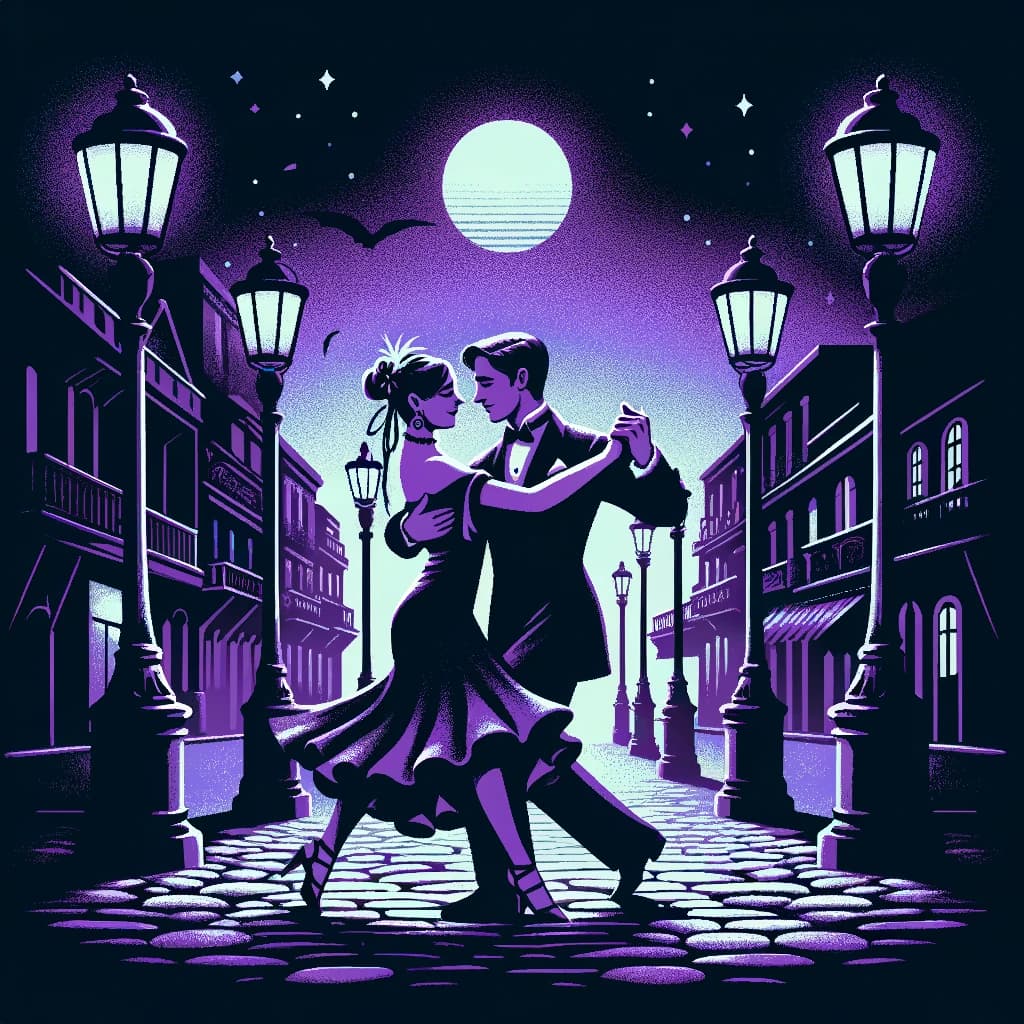In the world of Tango Argentino, the term “Adorno” plays a vital role in the aesthetics and expression of the dance. Translated as “adornment” or “embellishment,” Adorno refers to the intricate and often spontaneous decorative movements that dancers incorporate into their performances. These embellishments are not merely for show; they serve to enhance the connection between partners and the music, adding a layer of personal expression to the dance.
Understanding Adorno
At its core, Adorno in tango involves adding stylistic flourishes to basic steps. These can include foot flicks, taps, and intricate leg movements, often executed during pauses or slower parts of the dance. The purpose is to adorn the dance with unique, personal touches that reflect the dancer’s style, emotion, and interpretation of the music.
Embellishments can be performed by both leaders and followers. For leaders, Adorno often manifests as subtle footwork that complements the rhythm and musicality. For followers, it typically involves more elaborate leg movements and footwork that embellish the basic steps. These adornments require a high degree of skill and control, as they must be seamlessly integrated into the dance without disrupting the flow or connection with the partner.
The Role of Adorno in Expression
Adorno allows dancers to communicate their emotions and interpretations of the music. Each embellishment can reflect a range of feelings, from the playful and flirtatious to the deeply passionate. This expressive potential is one reason why Adorno is so cherished in tango; it enables dancers to tell a story through their movements, adding depth and nuance to the performance.
For followers, Adorno offers a way to actively contribute to the dance. While the leader guides the overall direction and structure, the follower can use embellishments to express individual creativity and respond to the leader’s movements. This dynamic interplay between leader and follower, enhanced by Adorno, exemplifies the improvisational nature of tango.
Adorno and Musicality
Musicality is a fundamental aspect of tango, and Adorno is closely tied to it. Effective use of adornments requires a deep understanding of the music, including its rhythms, pauses, and accents. Dancers often place embellishments on musical accents or during pauses, using these moments to highlight their connection to the music.
A well-executed Adorno can accentuate the music, drawing attention to its nuances and enhancing the overall aesthetic of the dance. This alignment with the music transforms Adorno from mere decoration into an integral part of the dance’s narrative structure.
Learning and Mastering Adorno
Mastering Adorno requires practice and a solid foundation in tango technique. Dancers typically learn basic embellishments early in their training, gradually incorporating more complex movements as they develop greater control and confidence. It is important for dancers to practice these adornments until they become a natural extension of their movement, allowing for spontaneous and fluid execution during a performance.
In addition to technical skill, dancers must also develop a keen sense of timing and musicality. This involves listening to a wide range of tango music, practicing with different partners, and observing experienced dancers. By immersing themselves in the world of tango, dancers can refine their ability to use Adorno effectively and creatively.
Adorno, or adornment, is a quintessential element of Tango Argentino that allows dancers to personalize their performance and deepen their connection to the music and each other. Through intricate and expressive embellishments, dancers enhance the visual and emotional impact of the dance, transforming it into a true art form. As both a technical skill and a form of artistic expression, Adorno encapsulates the elegance, passion, and creativity that define tango.
References
-
“Dancing with the Locos: A Comparative Study”.
-
“Tango: An Art of Movement”.













Responses (0 )